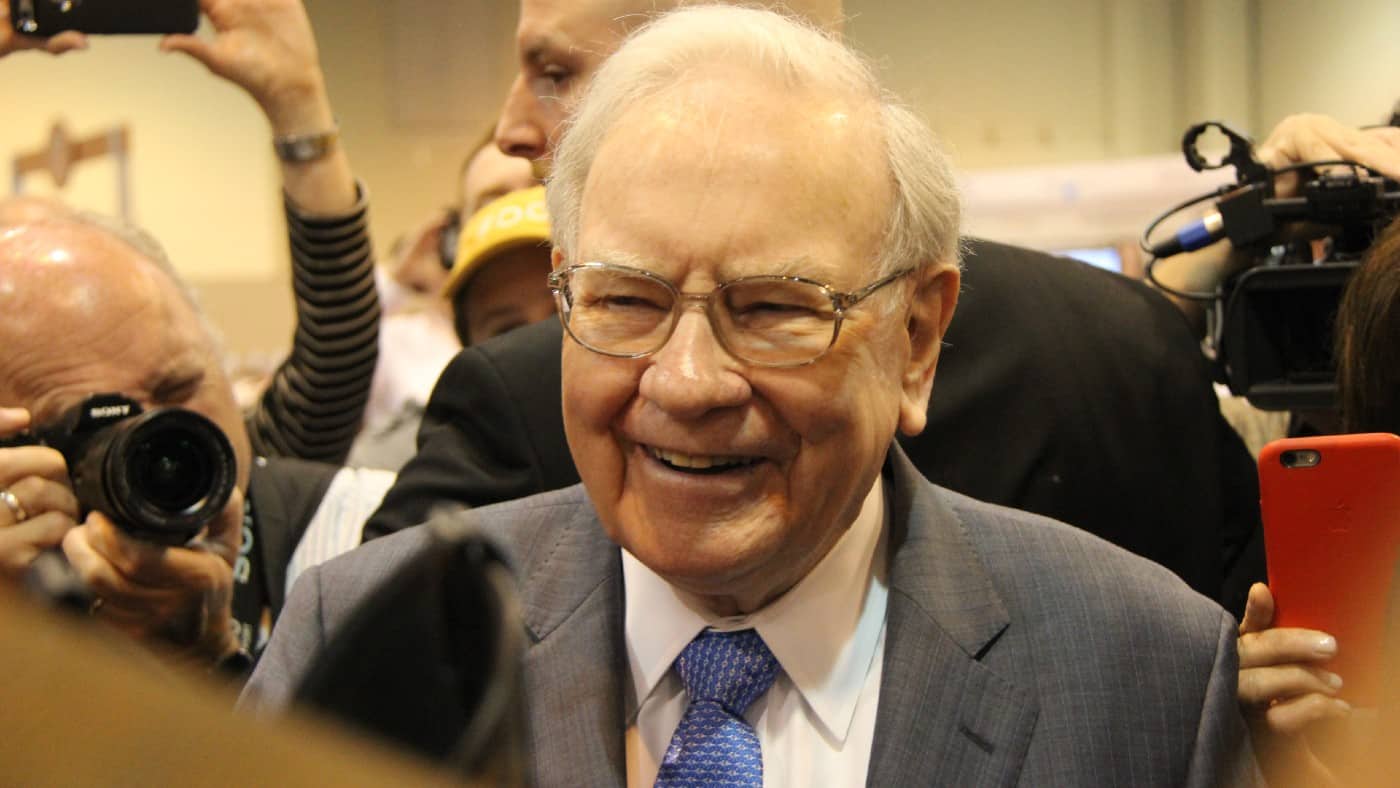The investor Warren Buffett has been buying shares for longer than most people on the planet have been alive. That has helped him develop a lot of investing expertise. I think that can help me as I try to find the right British shares to buy for my own portfolio.
All about value
Buffett likes a bargain as much as anyone else.
But what sets him apart from many investors is how he thinks about cheapness. For the Sage of Omaha, a share is not necessarily cheap just because the price is low. Nor or all stocks with high prices expensive to him. Rather, he is looking for what he sees as value.
According to Warren Buffett, price is what you pay — but value is what you get. What does he mean by that? In this approach, value is based on how profitable the business is likely to be in future. A high-quality business bought at an attractive price can offer good value.
That means that both parts of the equation matter. Buffett only wants to buy high-quality businesses. But he also wants to avoid overpaying for them. If the price is too high, even a great business can turn out to be a terrible investment.
Applying the Warren Buffett method
How could I put this into operation when trying to find cheap shares to buy for my own portfolio?
The first thing would be to look for a business that has an enduring competitive advantage, or what Buffett terms a “moat”. That matters because it helps a company keep rivals at bay, enabling it to set prices at a level that can help it make profits. I think there are plenty of UK businesses that fit this mould. For example, I think Tesco, Unilever, and Diageo all do. Indeed, Buffett has at one point owned or tried to buy shares in all three, although that was some years ago.
Finding cheap shares to buy
Next I would look at the share price of such companies. Are they trading at a level that looks attractive to me?
There are different ways to value companies. I would try to look at what I thought their future free cash flows would be, then compare that to the current cost of the company.
But as well as the share price, I would look at the company’s balance sheet. A company may have a low market capitalisation but carry a lot of debt that needs to be paid at some point. So I would value shares using a discounted cash flow approach. That involves looking at the free cash flows I think a company may generate in future, allowing for debt it may need to pay and the opportunity cost of tying up my capital in its shares. If that amount is still far above its current market capitalisation, then I may see value for my portfolio.








